[vc_row][vc_column][vc_column_text]Travel has and is changing given the impact COVID-19 right now. For a little inspiration, I wanted to share this – and more stories – to keep the dreams of far off – and not so far off – getaways in your daydreams. We will travel again, so keep daydreaming about where you want to go!
[/vc_column_text][ultimate_heading main_heading=”EXPLORE THE HISTORY OF WINEMAKING AT THESE 10 UNESCO WORLD HERITAGE SITES” main_heading_color=”#8c464f” heading_tag=”h3″ alignment=”left” main_heading_font_family=”font_family:Open Sans|font_call:Open+Sans”][/ultimate_heading][vc_column_text]Sipping rosé on the banks of the Loire River, surrounded by charming ancient villages and Renaissance palaces… sounds inviting, doesn’t it? This is just one of the amazing stops you will find surrounding my list of UNESCO World Heritage Sites in wine country. From the gently rolling hills of the Loire Valley in France, to the steep Alpine hills of Lavaux, Switzerland, there’s a lot for a wine lover to see and do at these historic world treasures.[/vc_column_text][vc_row_inner][vc_column_inner][ultimate_heading main_heading=”Alto Douro, Portugal” main_heading_color=”#8c464f” heading_tag=”h3″ alignment=”left” main_heading_font_family=”font_family:Open Sans|font_call:Open+Sans”][/ultimate_heading][vc_column_text]
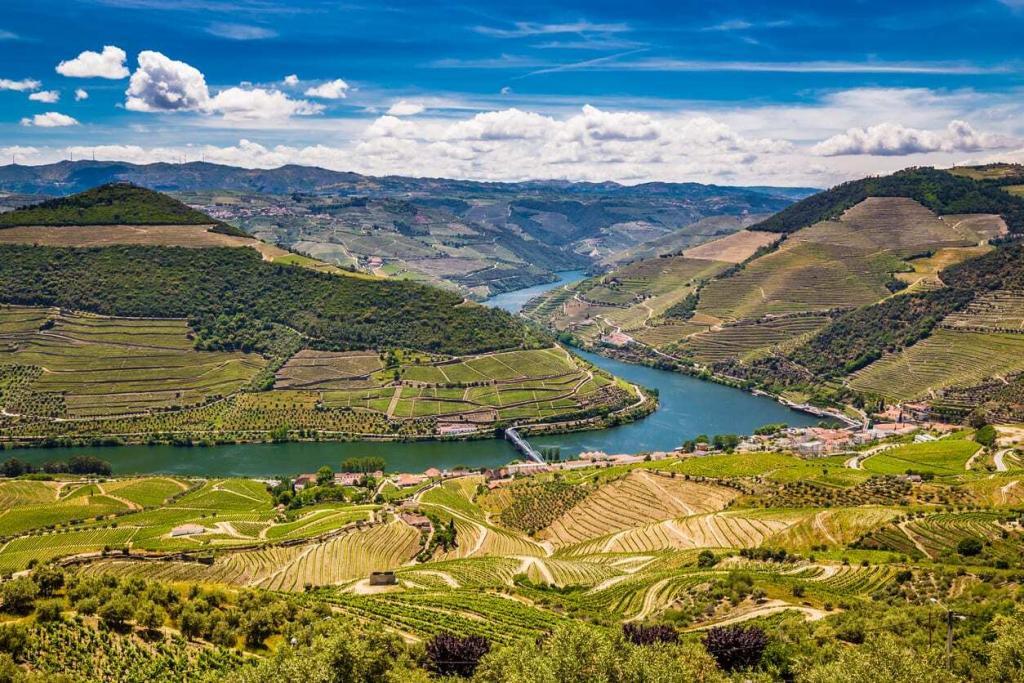
This scenic river valley has been supporting historical vineyards for two millennia. That is a lot of wine to come out of this relatively small region hugging the Douro River, an hour’s drive southeast of Porto. Most famous for its port wines, many of the terraced vineyards hugging the steep valley slopes were literally chiseled out of the unforgiving rock. A wide variety of grapes are grown to match the equally varied topography and the many diverse microclimates.
The five main red varietals you will find in this region are Touriga Nacional, Tinta Barroca, Tinto Cão, Tinta Roriz, and Touriga Francesa. For white wine lover, the top three white varietals are Malvasia, Rabigato, and Viosinho.[/vc_column_text][ultimate_spacer height=”25″][/vc_column_inner][/vc_row_inner][vc_row_inner][vc_column_inner][ultimate_heading main_heading=”The Azores, Portugal” main_heading_color=”#8c464f” heading_tag=”h3″ alignment=”left” main_heading_font_family=”font_family:Open Sans|font_call:Open+Sans”][/ultimate_heading][vc_column_text]
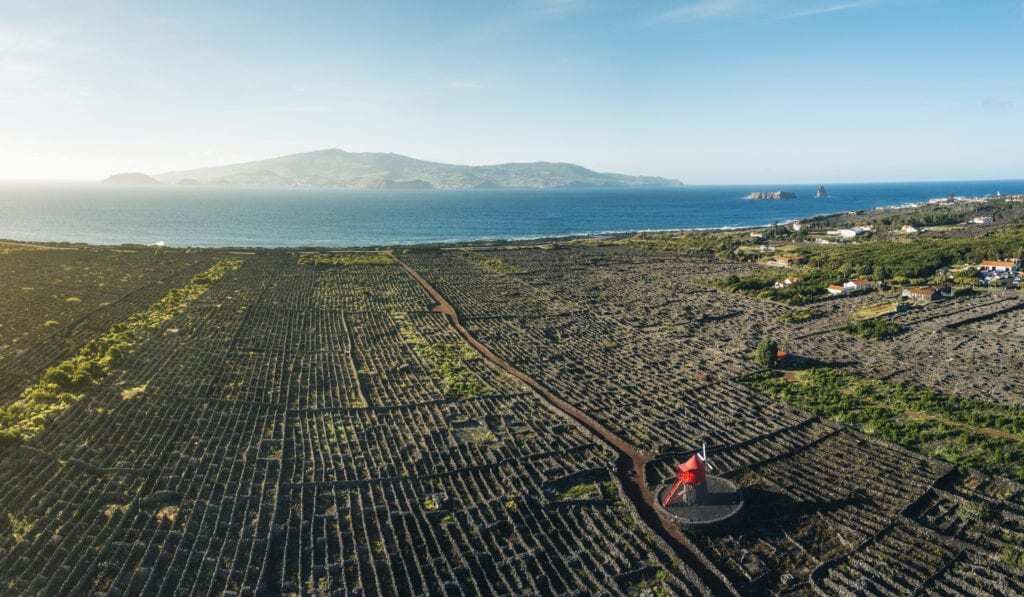
São Miguel is the largest of these stunningly beautiful Portuguese islands located two hours from Lisbon. It’s also home to the island group’s international airport (so now you know when to book your flight). Pico is the second-largest island and home to a vast series of tiny, walled-in vineyards that date back to the 15th century. The people living on these isolated islands went to a great deal of effort to protect their precious Verdelho vines from surging waves and harsh winds. These unique vineyards and the fortified Verdelho wines that result are treasured by wine lovers across the world.
Currently, 33 grape varietals are authorized to grow on the island (15 that produce red wine, and 18 that produce white) including the historic Arinot dos Acores, Verdelho, and the Terrantez do Pico. These historic volcanic vineyards are a fantastic opportunity to sip while taking in some history. Make sure to check out the magnificent, reticulated stone walls created from black basalt stone that were created to protect the vineyards from the wind and waves of the surrounding Atlantic Ocean.
[/vc_column_text][/vc_column_inner][/vc_row_inner][vc_row_inner][vc_column_inner][ultimate_heading main_heading=”Burgundy, France” main_heading_color=”#8c464f” heading_tag=”h3″ alignment=”left” main_heading_font_family=”font_family:Open Sans|font_call:Open+Sans”][/ultimate_heading][vc_column_text]
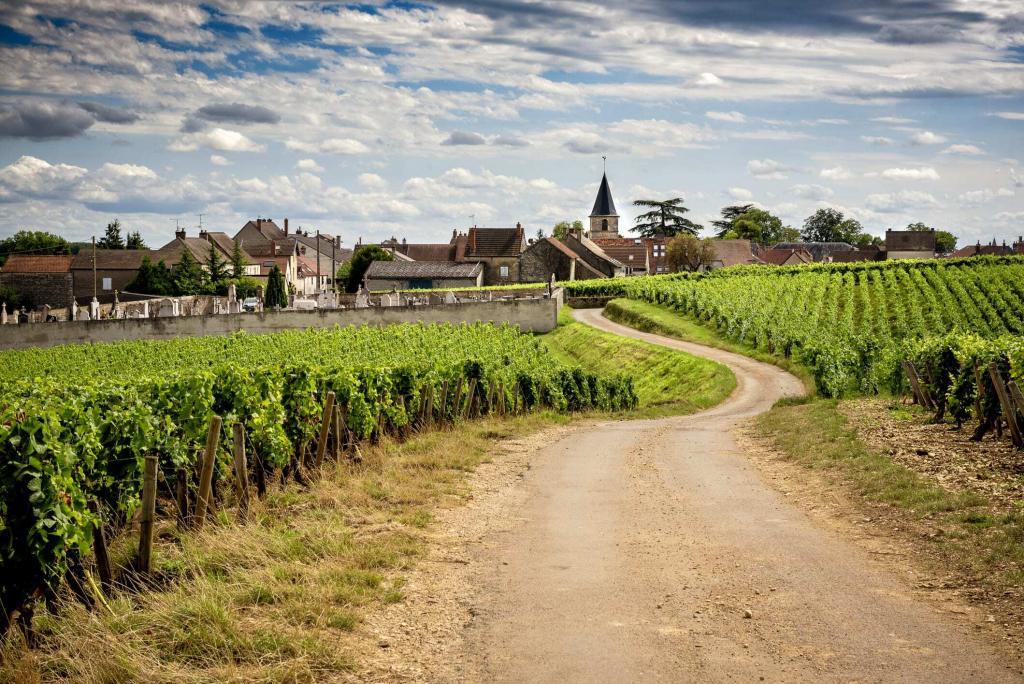
Winemaking has been going on here since the High Medieval Period (approximately 1000 – 1300 A.D.) and is still going strong today. Pinot Noir grapes produce the region’s famous red burgundy wine while Chardonnay grapes produce white burgundy[/vc_column_text][ultimate_spacer height=”25″][/vc_column_inner][/vc_row_inner][vc_row_inner][vc_column_inner][ultimate_heading main_heading=”Champagne, France” main_heading_color=”#8c464f” heading_tag=”h3″ alignment=”left” main_heading_font_family=”font_family:Open Sans|font_call:Open+Sans”][/ultimate_heading][vc_column_text]
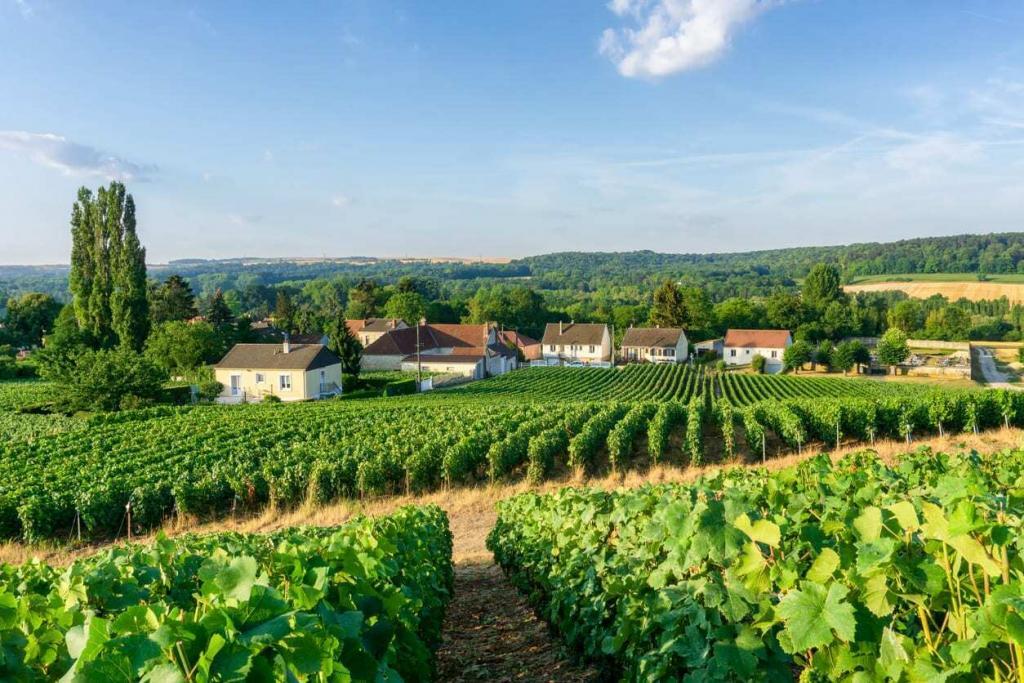
The home of the celebratory bubbly is an hour’s drive, or a 40-minute train ride, from Paris. Visiting an elegant Champagne house is a rather grand experience and involves dressing for the occasion. Would you expect anything less when visiting the home of one of these revered sparkling wines? Visit the famous vineyards where the Pinot Noir, Pinot Meunier and Chardonnay grapes soak up the sun for a slightly less indulgent experience.[/vc_column_text][ultimate_spacer height=”25″][/vc_column_inner][/vc_row_inner][vc_row_inner][vc_column_inner][ultimate_heading main_heading=”Loire Valley, France” main_heading_color=”#8c464f” heading_tag=”h3″ alignment=”left” main_heading_font_family=”font_family:Open Sans|font_call:Open+Sans”][/ultimate_heading][vc_column_text]
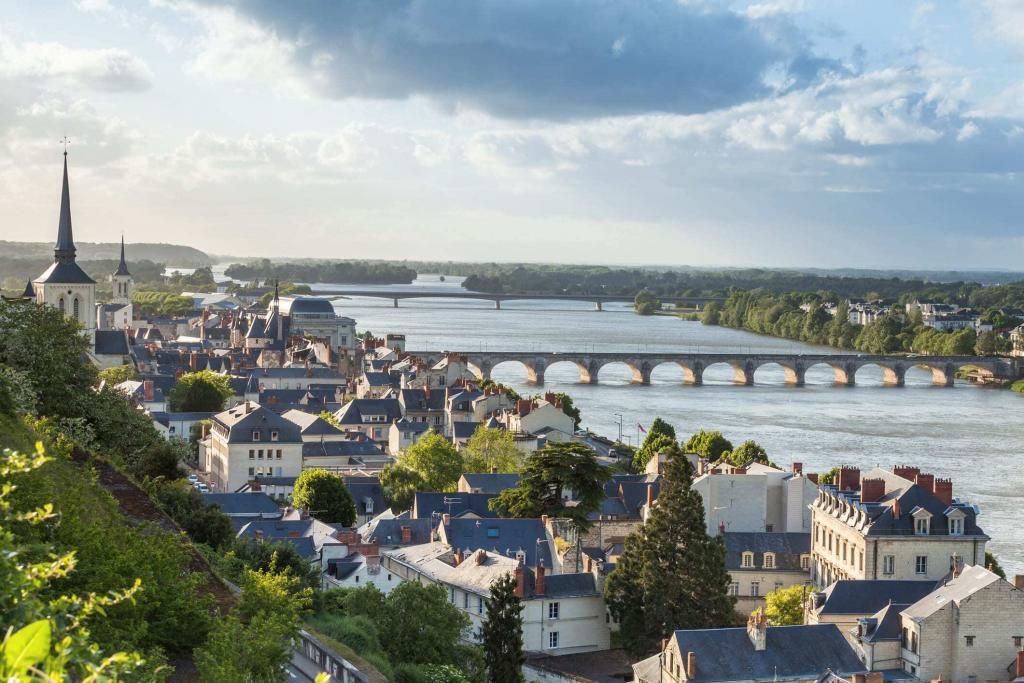
The Loire Valley has played an important role in French winemaking since at least Roman times. The area is rich in history, as reflected by the elegant châteaux and humble villages that line the river. Cabernet Franc, Chenin, Folle Blanche, and Melon de Bourgogne grapes have all played their part in producing the tantalizing red, rosé, white, and sparkling wines for which the region is famous.
With so many UNESCO sites in France, it’s easy to sip in some great hiking too. Take a peek at this epic list of trails to hike in France. [/vc_column_text][ultimate_spacer height=”25″][/vc_column_inner][/vc_row_inner][vc_row_inner][vc_column_inner][ultimate_heading main_heading=”Lavaux, Switzerland” main_heading_color=”#8c464f” heading_tag=”h3″ alignment=”left” main_heading_font_family=”font_family:Open Sans|font_call:Open+Sans”][/ultimate_heading][vc_column_text]
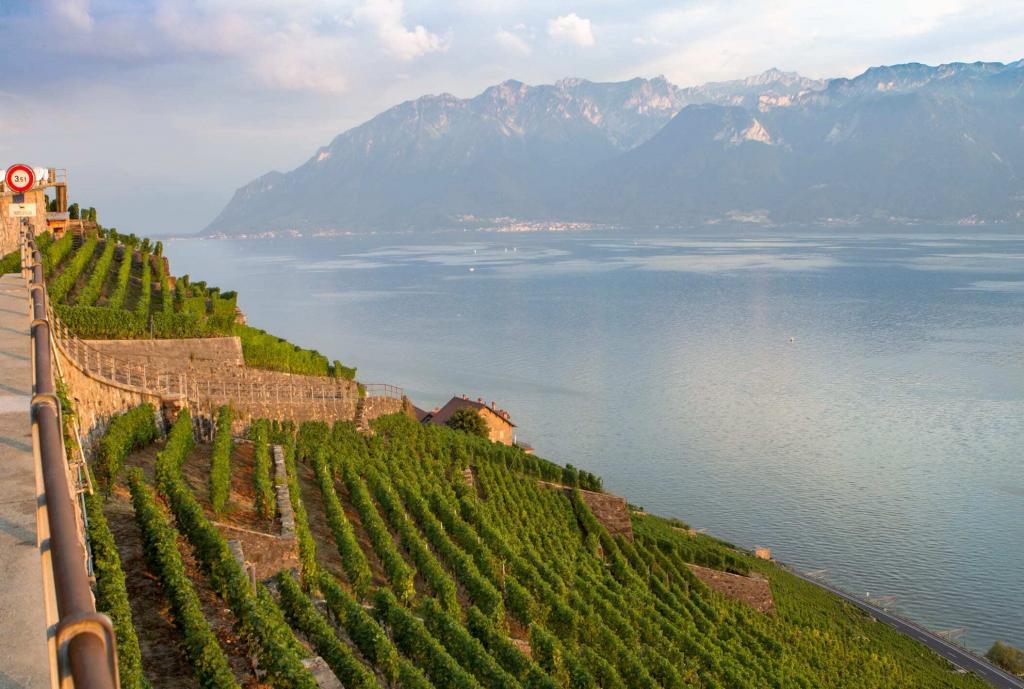
Nestled between the stunning Swiss Alps and gorgeous Lake Geneva, the 900-year-old vineyards of Lavaux include a popular and scenic hiking trail known as the Swiss Wine Trail, which stretches between Lausanne and Villeneuve. There are 23 charming towns along the trail and innumerable places to stop and enjoy the spectacular scenery. Chasselas grapes produce the dry white wine so popular in the region.[/vc_column_text][ultimate_spacer height=”25″][/vc_column_inner][/vc_row_inner][vc_row_inner][vc_column_inner][ultimate_heading main_heading=”Piedmont, Italy” main_heading_color=”#8c464f” heading_tag=”h3″ alignment=”left” main_heading_font_family=”font_family:Open Sans|font_call:Open+Sans”][/ultimate_heading][vc_column_text]

According to the Italian government, “Vine pollen has been found in the area dating from the 5th Century BC.” UNESCO appeared to agree that a history of more than 25 centuries of winemaking deserved recognition and made the area of Piedmont a World Heritage Site in 2014. The complex layering of soil types in the region gives the wines made from Barbera, Dolcetto, and the revered Nebbiolo grape their equally complex flavors.[/vc_column_text][/vc_column_inner][/vc_row_inner][ultimate_spacer height=”25″][vc_row_inner][vc_column_inner][ultimate_heading main_heading=”Prosecco, Italy” main_heading_color=”#8c464f” heading_tag=”h3″ alignment=”left” main_heading_font_family=”font_family:Open Sans|font_call:Open+Sans”][/ultimate_heading][vc_column_text]

Just an hour away from Venice, the tiny ciglioni, or narrow vine-growing terraces, of Prosecco are an impressive sight as they crawl up the steep foothills of the Dolomite Mountains of Northern Italy. The ciglioni are filled with the temperamental Glera (formerly known as Prosecco Tondo) grapes that make sparkling Prosecco.[/vc_column_text][/vc_column_inner][/vc_row_inner][ultimate_spacer height=”25″][vc_row_inner][vc_column_inner][ultimate_heading main_heading=”Tokaj, Hungary” main_heading_color=”#8c464f” heading_tag=”h3″ alignment=”left” main_heading_font_family=”font_family:Open Sans|font_call:Open+Sans”][/ultimate_heading][vc_column_text]
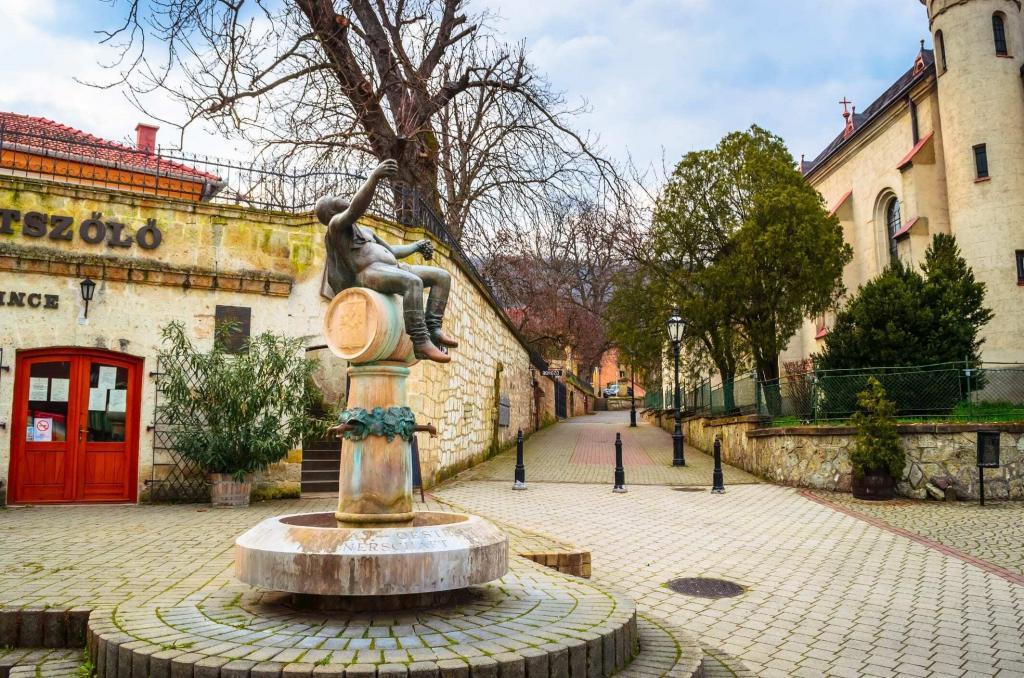
The rolling green hills of Tokaj are a 3-hour drive, or 2 1/2-hour train journey, from the capital of Budapest. This region has been famous for its wines for more than 1,000 years. French King Louis XIV extolled the sweet Tokaji-Aszú dessert wine as “the wine of kings, the king of wines”. This ‘kingly’ wine is produced mainly from the Furmint grapes that grow so well in the region, although five other varietals are permitted to carry the Tokaj appellation.[/vc_column_text][ultimate_spacer height=”25″][/vc_column_inner][/vc_row_inner][vc_row_inner][vc_column_inner][ultimate_heading main_heading=”Upper Middle Rhine Valley, Germany” main_heading_color=”#8c464f” heading_tag=”h3″ alignment=”left” main_heading_font_family=”font_family:Open Sans|font_call:Open+Sans”][/ultimate_heading][vc_column_text]
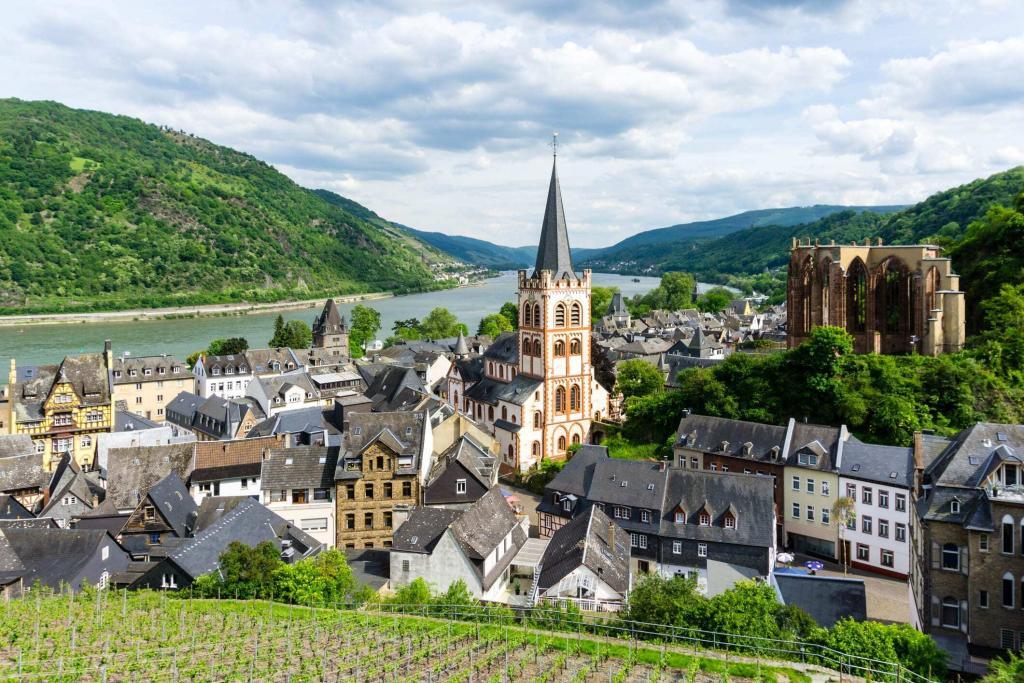
Lying along the beautiful Rhine River, and true to its name, this valley lies midway between Frankfurt and Bonn. It’s about an hour and a half drive from either city. UNESCO recognized this valley not for its stunning beauty but for its long history as an important trade route. That doesn’t mean you can’t enjoy the quietly spectacular scenery. Enjoy a peaceful boat ride between villages while you admire the Riesling and Pinot Noir vines clinging to the steep hillsides. It takes fortitude to harvest grapes on some of those slopes – they’re at a 60˚ angle![/vc_column_text][/vc_column_inner][/vc_row_inner]

Elaine Schoch
Elaine Schoch (pronounced the German way – Shock) is an award-winning travel writer, wine judge, certified by the Wine & Spirit Education Trust (WSET) Level 2 and founder/editor at Carpe Travel. She is married to The Husband and has two kids, who’s interest and knowledge in wine is quite extensive. Not to mention the stamps in their passports.
Subscribe to Sip in More of the World
Elaine Schoch is an award-winning travel writer, wine judge, American Wine Specialist and certified by the Wine & Spirit Education Trust (WSET II). At Carpe Travel she shares wine travel destination guides for ALL WINE LOVERS – from novices to experienced pros – to help them plan their wine adventures, arming them with insider tips, must-visit spots, and things to see and do beyond the vines.



